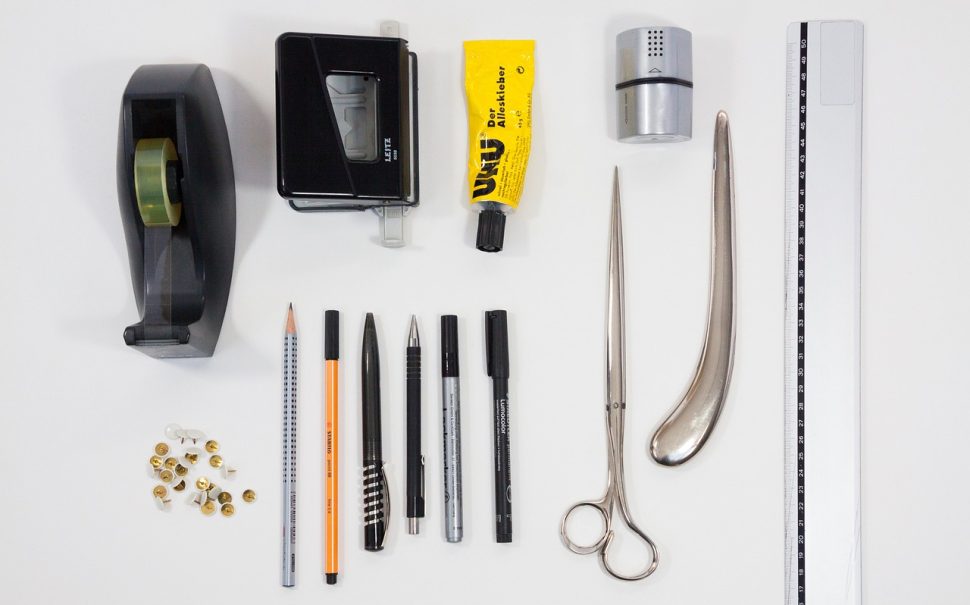When it comes to DIY projects or restoring various objects around the home, one of the most useful things you’ll need is a good adhesive.
The tricky thing about these adhesives is that they are not one-size-fits-all.
This means that you will need to understand a few things about your project as well as the various adhesives available to make a good choice and achieve the result you are looking for.
In this guide, we’ll take you through the various factors you will need to consider when selecting an adhesive for your mini or major project.
From there, you can choose the ultimate provider durable bonding solutions and you’ll be good to go.
Understand your project’s needs
The best place to start is to analyse the project before you.
This is because each of your projects will have its own set of demands or objectives and to choose the right adhesive, you will need to analyse the various characteristics.
The first question you need to ask yourself is the purpose of your project.
This is basically whether you are sealing something, bonding two things, or just sticking something.
There’s then the kind of performance that you want. Are you looking for a permanent bond or fixing something that requires some flexibility.
Consider the type of substrate
When it comes to adhesives, what you will need to give much attention to is the substrate or the materials to be joined.
The first thing to consider here is the materials themselves. Are you joining wood, metals, plastic, glass, or a combination?
Different materials work better with different types of adhesives, and you’ll need to ensure that you have the right one.
Beyond the type of material, you can also look at the type of surface you are dealing with. Is it rough, porous, or even irregular?
Considering this will even determine whether you will need to do some form of surface preparation before applying the adhesive.
Understand the different types of adhesives
The trickiest part when it comes to adhesives is that there are so many different types.
Each of them is manufactured in a different way, and it is meant to be used for different purposes or on different materials.
And to make the best decision, you will need to understand the different types.
Here’s a quick rundown of the main ones:
- Cyanoacrylate Adhesives: These are what we usually refer to as “super glues.” They are very strong and dry quickly. They can be used on plastic, rubber, and metal.
- Epoxy Adhesives: These types of adhesives are known for their strength and durability, as well as the ability to withstand harsh environments. They are suitable for metals, ceramics, and plastics.
- Polyurethane Adhesives: If you are into woodwork or construction, these may be the go-to option. They offer great flexibility as well as resistance to moisture or chemicals.
- Acrylic Adhesives: When you are dealing with electronics, you can consider acrylic adhesives. They offer a great balance between strength and flexibility.
Other types include Hot Melt Adhesives, Specialty Adhesives, and Silicone Adhesives.
Consider the stress or conditions
While you may achieve the result you want with different adhesives, not many will be able to last.
This is because different adhesives work better with different conditions.
If the materials you are joining will be subjected to a lot of pressure, you will need to opt for an adhesive that is super-strong and flexible.
Ensure that you also factor in extreme temperatures, moisture and humidity, UV exposure, and chemical exposure.
Consider the application method
Since materials and adhesives are different, you will also need to look at the method that will be required by the adhesive you choose.
It will of course be determined by the project, the type and surface of the materials, and the adhesive itself.
There are several methods of application that you’ll come across, some of them being brush application, spray application, and roll-on application.
Ensure that you also look into the curing time and open time of the adhesive as these will also be crucial during the project.





